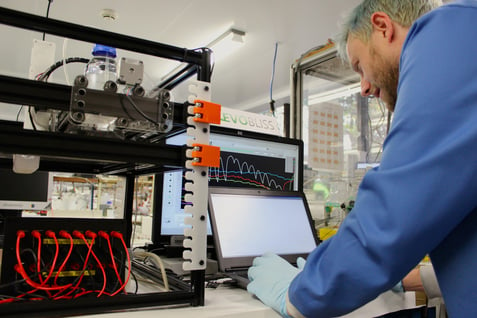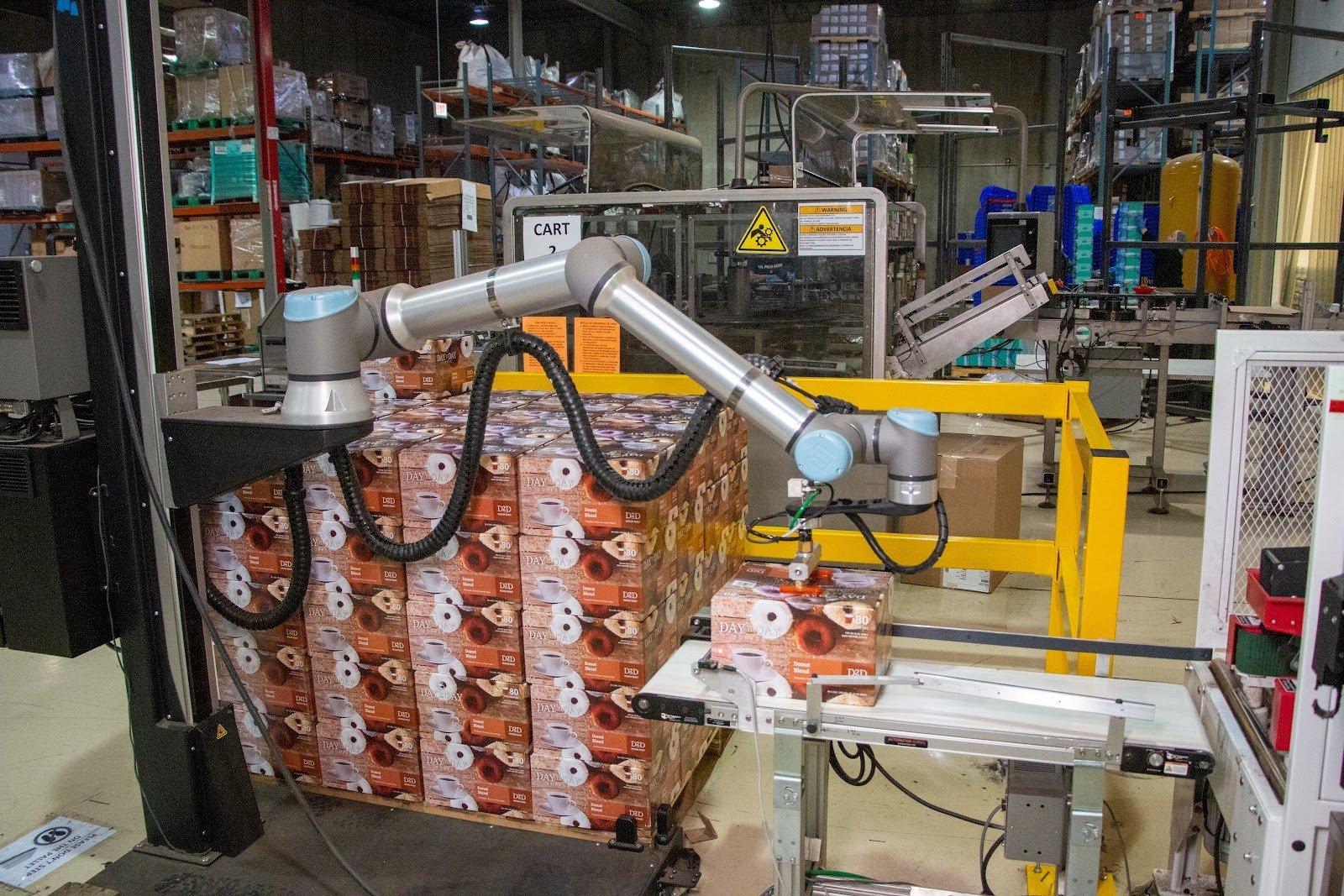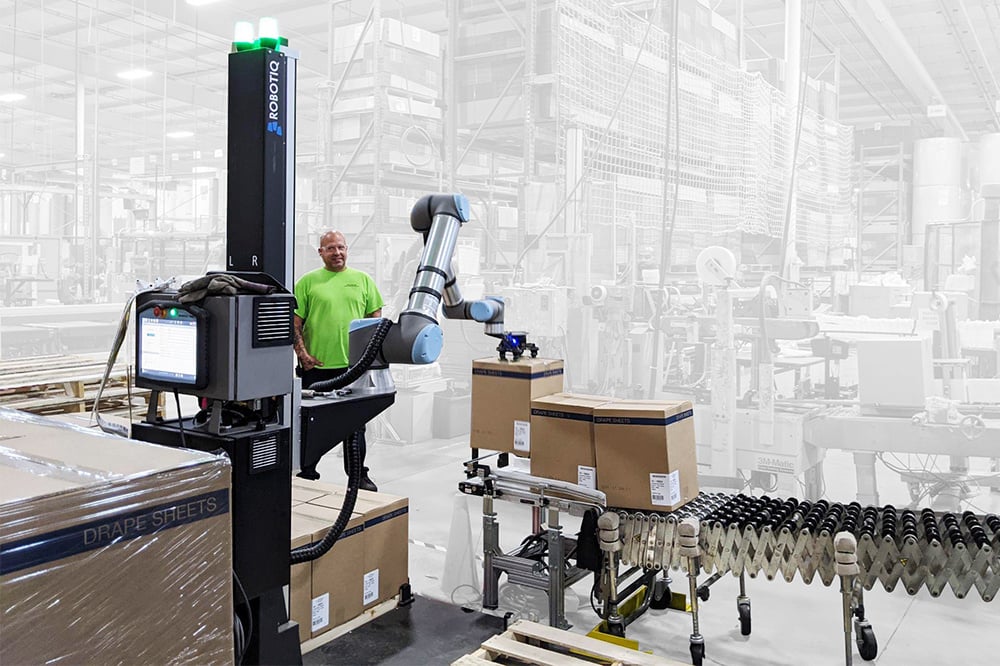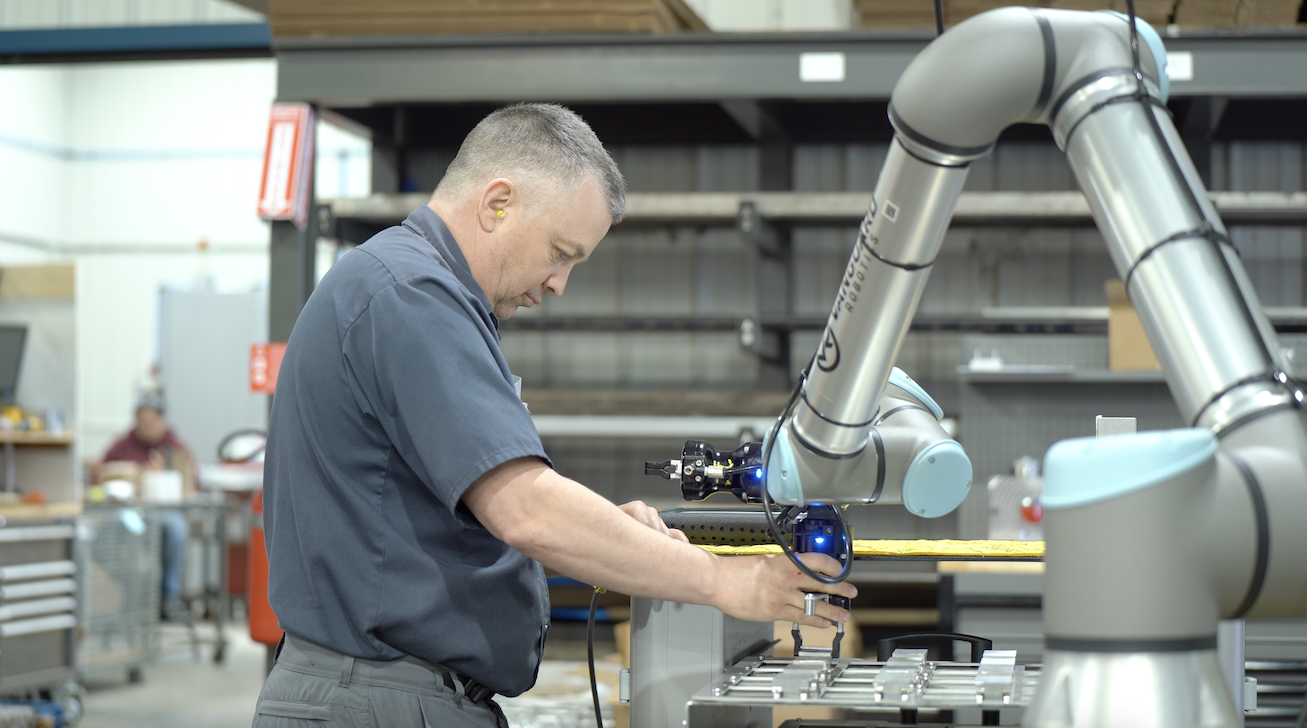3 Examples of How the Internet of Things Impacts Manufacturing

Posted on Nov 28, 2016 in Manufacturing
3 min read time
Automation and connectivity are not new to the manufacturing world. What changes with the Internet of Things?

According to Oxford, the Internet of Things is “The interconnection via the Internet of computing devices embedded in everyday objects, enabling them to send and receive data.”
The reason for all the hype is the massive increase of connected devices. Devices outnumbered people connected to the internet in 2008 - 2009, according to Cisco. The number of connected devices is expected to continue to explode, with 2020 cited as the year when tens of billions of things are predicted to be connected.
For manufacturers, the reality is that sensors are more efficient and more affordable, and wireless IP connectivity reduces cost barriers to automation and connectivity. How does this impact the bottom line? Three significant opportunities arise thanks to the Internet of Things: predictive maintenance, process optimization, and remote monitoring.
Predictive Maintenance

Instead of using a preventive maintenance approach that relies on a calendar, the predictive approach uses real data to flag machinery that needs attention potentially before an error occurs. Even if a sensor picks up something that’s within acceptable limits; if it’s not normal compared to previous measurements, artificial intelligence can pick it up as an anomaly. Examples include abnormal vibration, a spike in temperature, or a fluctuation in current.
The predictive approach conserves resources so that technicians spend time on machines that show anomalies or need attention, not randomly checking those that are due for inspection or frantically trying to fix machines that gave unnoticed warning signs.
Process Optimization
Think of real-time data analysis as a flashlight illuminating screws that could use tightening. A well-run shop already knows to look for and fix big problems, but with sensor data you’ll have visibility on the many smaller issues that normally go unchecked and can ultimately contribute to significant losses. Saving seconds every hour adds up to major gains in productivity.
Sensors can pick up issues you aren’t even looking for, such as a small bottleneck that happens every day at the same time on your production line. The bottleneck may correct itself but should still be investigated and eliminated. Or, maybe a conveyor has an empty space on it where there should be a product. By analyzing the data and investigating anomalies early, small corrections can avert a failed quality inspection or speed up the production process.
Remote Monitoring

With internet connectivity, mobile devices can be used to be manage equipment remotely, so operators do not have to be in close proximity to each machine. See this video for a demonstration of cloud-connected robotics.
These maintenance, production, and monitoring examples are basic opportunities to exploit the Internet of Things. Real-time data allows for better decision-making, not only about production efficiency, but design and quality as well. In a 2016 Global Industry 4.0 Survey of 423 industrial manufacturing company executives conducted by PWC, key findings include the discovery that, “The digitisation, integration and automation opportunities offered enable companies to collaborate both internally and across their value chains in ways that can provide a step change in productivity as well as design and build quality.”
As more manufacturers take advantage of the Internet of Things to integrate connectivity and automation, new opportunities for collaboration with suppliers and customers will arise, promising interesting, exciting changes across the industry.







Leave a comment